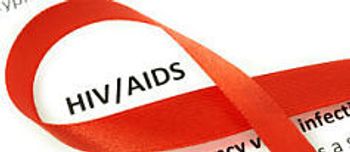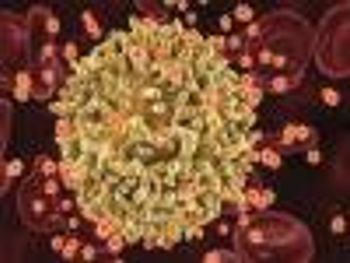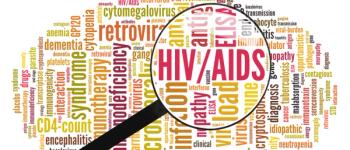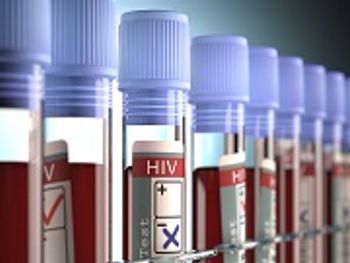
The Annals of Pharmacotherapy published a study that examines the association between antioxidant vitamin supplement use and AD risk.

The Annals of Pharmacotherapy published a study that examines the association between antioxidant vitamin supplement use and AD risk.

Over the past 2 decades, the cancer death rate has drastically declined in the United States, falling 23% from its 1991 peak. This translates to 1.7 million lives saved.

HPV infection is preventable with immunization, but even though the HPV vaccine has been available for 10 years, uptake is far lower than acceptable.

National and global HIV guidelines recommend initiating antiretroviral therapy in all patients, regardless of CD4 count.

In HIV treatment, national and global guidelines recommend initiating antiretroviral therapy (ART) in all patients, regardless of CD4 count.

Sodium-glucose cotransporter 2 (SGLT2) inhibitors are an emerging antidiabetic class that offer significant cardiovascular risk reduction.

Low baseline vitamin D deficiency may decrease the effectiveness of rosuvastatin in adults with HIV.

A study published in a recent issue of the Journal of Acquired Immune Deficiency Syndromes demonstrates that low baseline vitamin D deficiency may decrease the effectiveness of rosuvastatin in adults with HIV.

Most quality indicators for diabetes care monitor risk factors to see if patients are reaching their target levels.

Researchers from Australia set out to determine health consumers' information needs and concerns related to childhood vaccination.

Pharmacists improve care for patients in many settings, especially for diabetes.

Reduced reimbursements, Medicare Part D, and the Affordable Care Act have stimulated pharmacies to offer a broader palette of services.

Many organizations use quality indicators to determine how well their clinicians work individually and together to ensure patients receive evidence-based care.

Experts agree that integrated antiretroviral therapy (ART) for HIV-positive partners and time-limited pre-exposure prophylaxis (PrEP) for negative partners almost eliminates HIV transmission.

The World Health Organization (WHO) has issued its global 2015–2016 influenza season summary.

Hospitalization and death is more likely among individuals with diabetes when they contract influenza than when healthy individuals do, and so influenza vaccination uptake is an important area of scrutiny.

Screening tools are needed so that health care professionals can offer immunizations at every convenient opportunity.

Persistent vaccine-induced immunity through the typical cold weather, high risk period, and into the subsequent seasons is important in areas with year-round influenza activity.

Clinicians are able to prescribe ART more liberally for HIV because of its improved adverse event profile and wider array of available drugs.

The recommended time to begin antiretroviral therapy has changed since it first arrived in the mid 90s for HIV.

The recommended time to begin antiretroviral therapy (called the ART-start threshold) has changed since ART first arrived in the mid 90s. Now, clinicians are able to prescribe ART more liberally because of its improved adverse event profile and wider array of available drugs.

Statins reduce the risk of cardiovascular heart disease and cardiovascular death.

Researchers have published a single center retrospective study that looked at patients with low vitamin D levels who had previously developed myalgia on statins.

Portal hypertension creates problems in patients coinfected with HIV and hepatitis C virus.

Patients who have both HIV and hepatitis C, and also have portal hypertension, are a very special concern.

Rotavirus infection caused 200,000 emergency room visits, 55,000 hospitalizations, and 60 to 65 deaths annually in the United States.

Pharmacists can assist in patients’ blood glucose control, and provides the same benefit to that of other providers.

Patients who have human immunodeficiency virus (HIV) infection are at elevated risk for HCV.

Young children are disproportionately affected by rotavirus, and it is a more severe disease for them.

Individuals living with HIV have approximately a 50-50 chance of developing depression, which can cause adverse outcomes such as accelerated disease progression, suppressed immune function, and medication nonadherence.